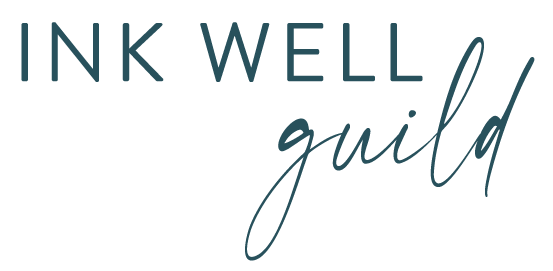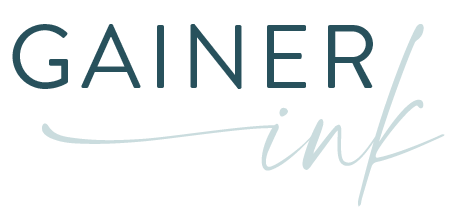If you’ve bought a lot of courses or other training, you might be familiar with the woes of forgetting what you have. I’m sharing my simple setup of keeping my training organized, which ensures I actually use all that stuff I buy. Let me know if you unearth any gems while you get yourself organized!
Set up an email folder
You want to avoid buying the same training or a similar course, and a great digital organizing plan can help prevent this. The first step is to set up an email folder where all your login, welcome, and access link emails go. Just keep it straightforward and only make one folder.
Set up calendar reminders
The second step is to set up some calendar reminders. You can have your training organized all you want, but if you don’t actually use it, then it’s still a waste of money. Schedule time in your calendar to take your training, and put reminders to pop up so that you’ll remember to do that.
Set up a spreadsheet (or other online tracker)
The final step to keep your training organized is to set up a spreadsheet. You can also use Trello, or even Airtable, if you prefer. If you use a spreadsheet, like me, you can put the following for your column headings:
- Course Name
- URL (of the course)
- Creator Name (I like to remember who created the course)
- Source (how you found out about/discovered the training)
- Members Area (this is the place where you log in and put your password)
- Username
- Password
- Topic (what the course is generally about; if more than one topic, use a drop-down menu so you can search later by topic)
- Key Lessons (what the training covers in the topic)
- Status (your status of progress in the course: unregistered, registered, started, paused, completed/gleaned)
- Impressions/Thoughts
- Notes
- Affiliate Info (if applicable; URL, login, affiliate link)
If you use Trello, you can use the above headings in your list cards, but first make a template list. Then, duplicate the list for each course that you have. So, each course would have a different list with one card for every above heading.
You don’t have to use every heading that I’ve listed; just use the ones that will be useful to you. Also, you don’t actually have to finish each tiny bit of every training in order to mark it complete. It’s complete when you’ve gotten the information that you need out of it (i.e., “gleaned”). I’m a course creator, so I feel perfectly comfortable saying this.
Whether you use a spreadsheet, Trello, or some other digital tracker, you must update your system ruthlessly. You have to do the initial work of setting it up, and then update it when you complete your training or add new training. Outdated information won’t do you much good.
Keeping things up-to-date can help you to decide whether or not you need to buy more training. See my post “How To Know If That New Course Is Worth It” for more information.
Clips Camp
If you need help getting great writing samples for your portfolio, I have a course called Clips Camp.
It’s a three-week course for new and advanced new freelance writers who want to get started with high-paid client work. If you’re on Upwork or Fiverr and miserable, if you haven’t even done anything to get started and you don’t know what the first step is, then Clips Camp is for you.
I teach you how to put together a solid portfolio of writing samples that position you as the kind of awesome writer that awesome clients want to hire. If you want in on that or you just want more information, go to clipscamp.com.





